One problem with these teas is that they have no names — and most of the time, there isn’t even a region name to go by, so unfortunately, price is the only real distinction 🙂
This is a tea that I got along with the more expensive, but sour, tea. I got this one because it’s cheap… it’s under $50 for 600g (600g is a jin, or Chinese pound with 16 taels, and prices are often quoted in these, but do not confuse this with a mainland jin, which is 500g and has 10 taels).
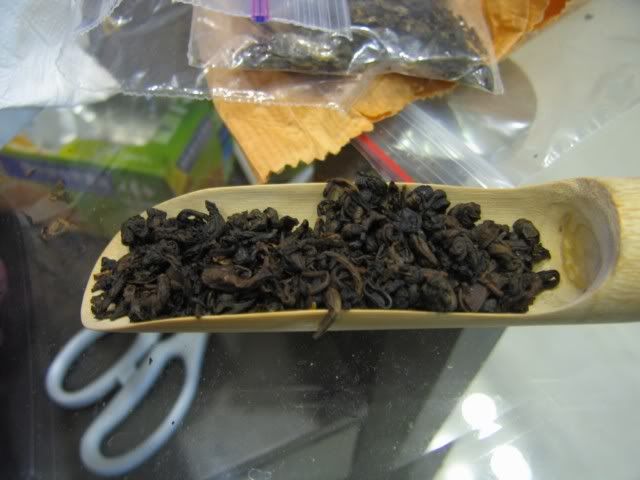
The leaves are a bit mixed looking when you inspect them closely, and has a few shades — darker and lighter brown. Sniffing it, it smells a little aged, and roasty.
The tea looks very roasty
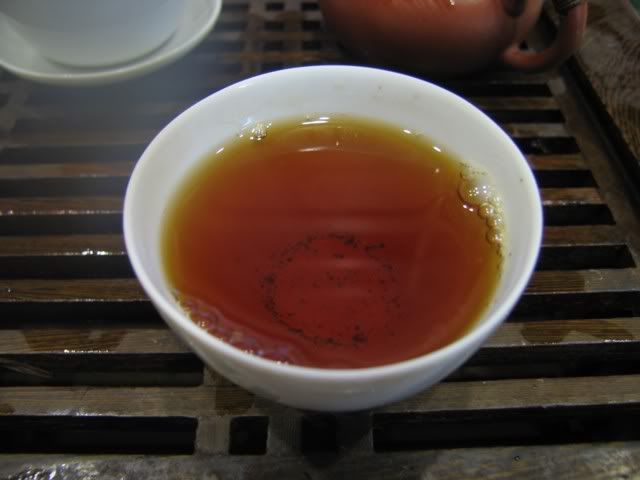
And tastes so too. There’s definitely some aged-ness to it, but the aged character is not particularly obvious. The roasted flavour is more prominent, and probably needs a bit of time for that to go away. The first few infusions are actually quite good — with a solid coating of aroma in the back of the mouth. There’s a slight sourness in there, but it’s not obvious enough to be unpleasant. When they sold it to me they said this is 10 years. Is it? I don’t know, I’m not sure. It’s probably a few years old, but there’s really no telling exactly how old. One of the problems is that the aged-ness of an oolong can vary very greatly. If aged in a sealed package, the aging can progress very slowly, whereas sometimes they’re aged in more open air, and the aged character show up much faster, but I think at higher risk of sourness and that sort of thing. Almost every time I go to a tea shop around here I ask if they have aged oolongs, and they really run the gamut, both in quality and price.
Would I drink this again? Sure, it’s not offensive, and the first few cups are nice. Again, if brewed a little lighter, there should be no sourness and perhaps even a bit more aromatic.
I really need to use a pot for this sort of tea. Brewing them in a gaiwan is almost a waste.
The wet leaves show this tea to be more broken in nature — not too obvious when dry, but really obvious when wet
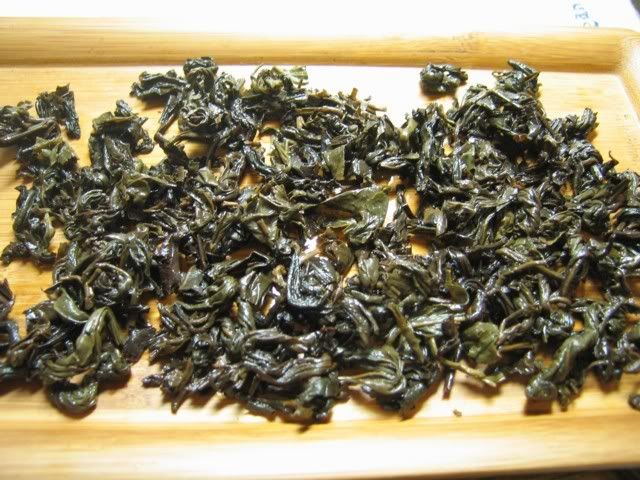

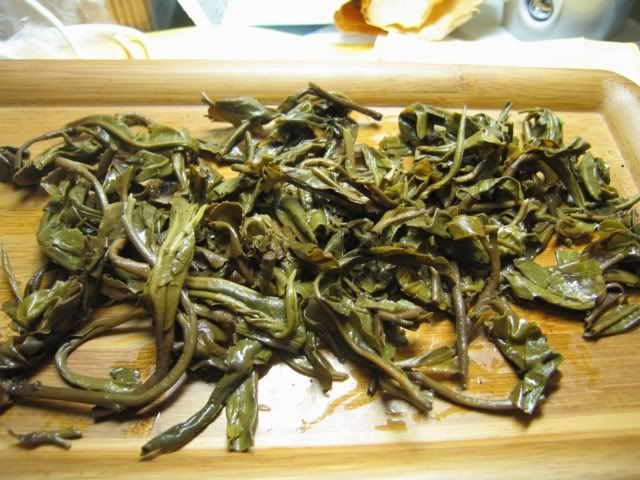
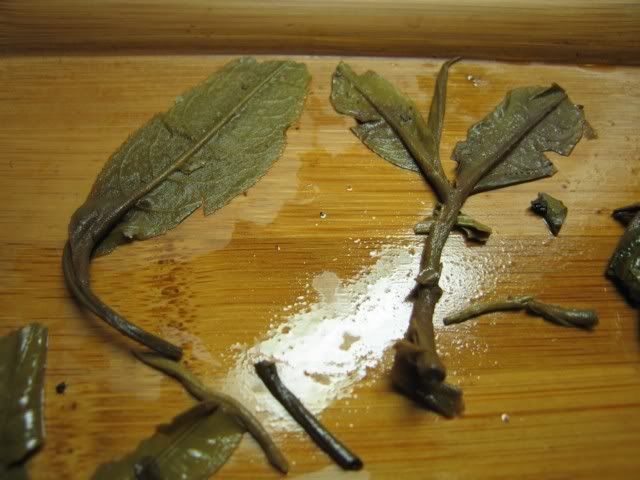




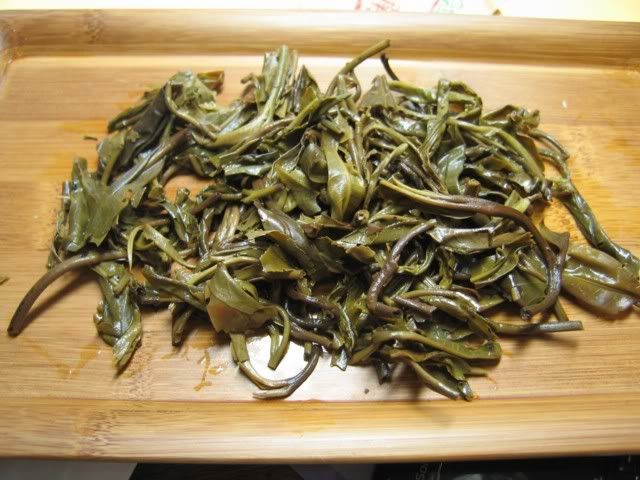
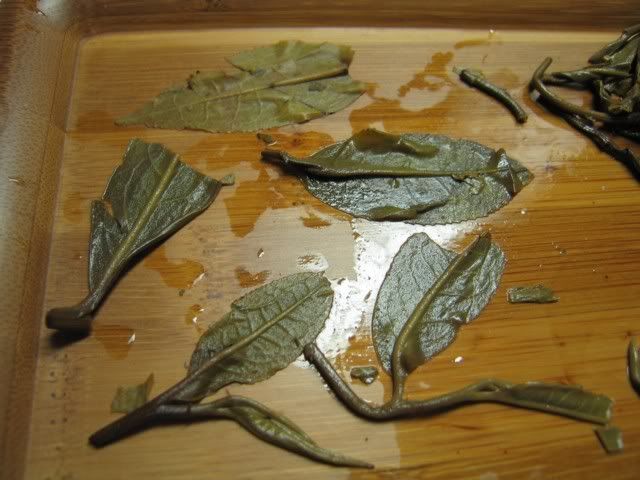
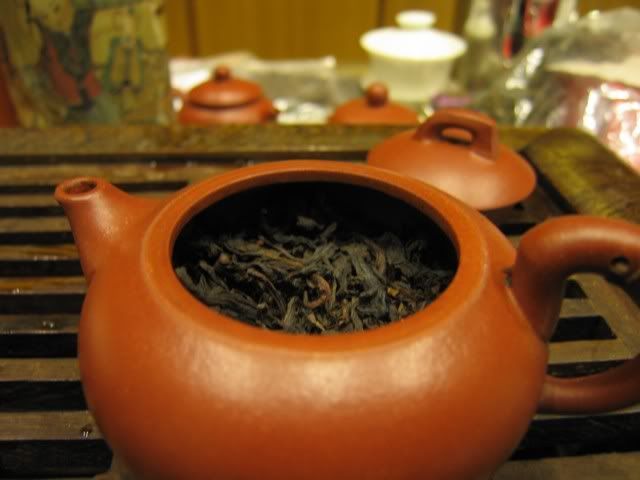
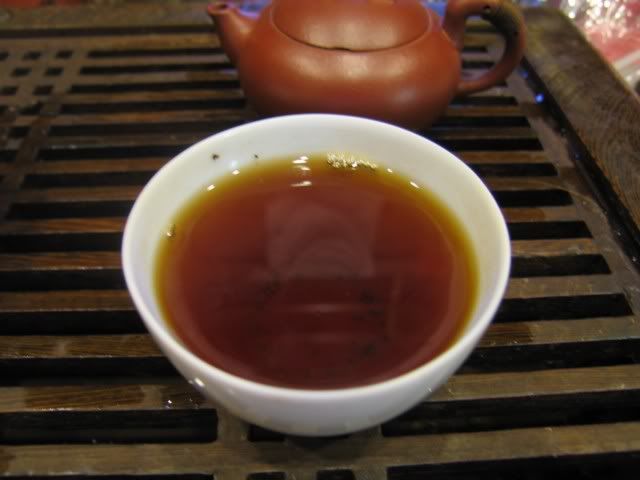
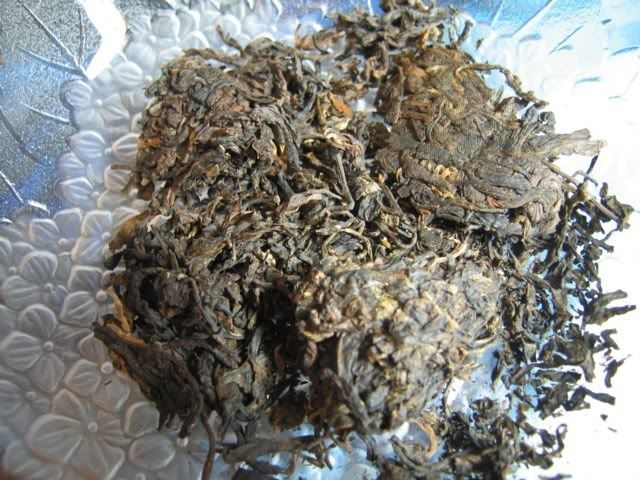
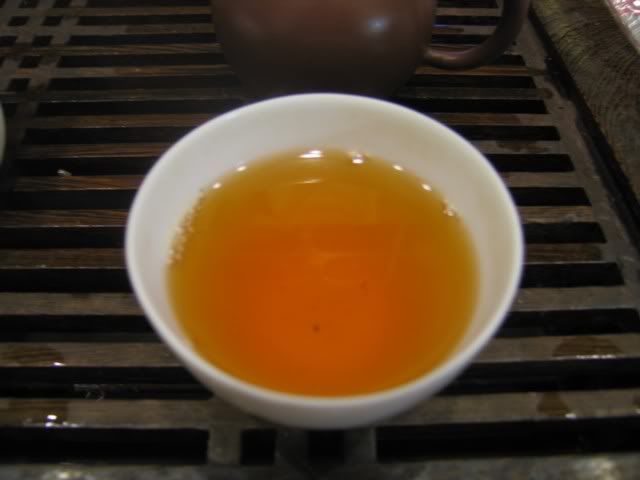
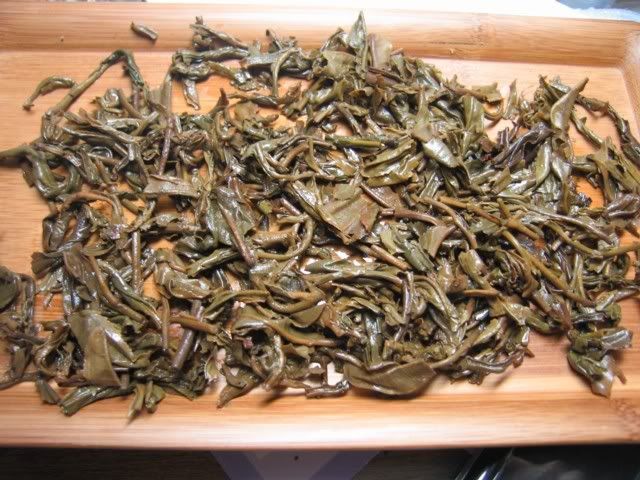

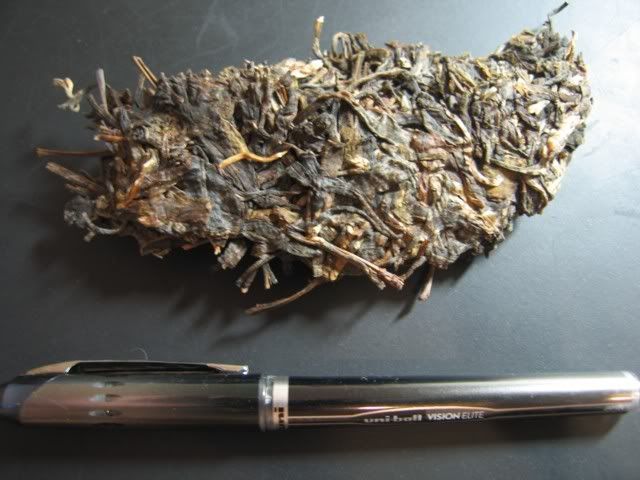
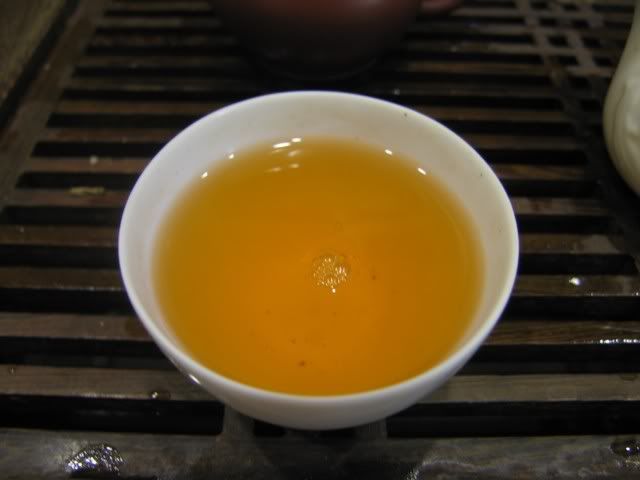
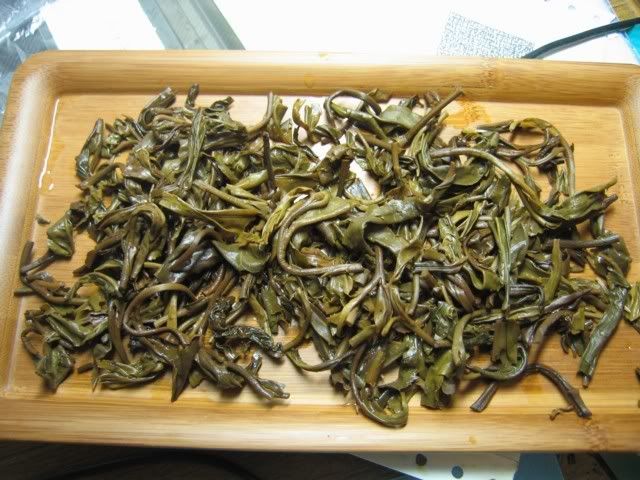
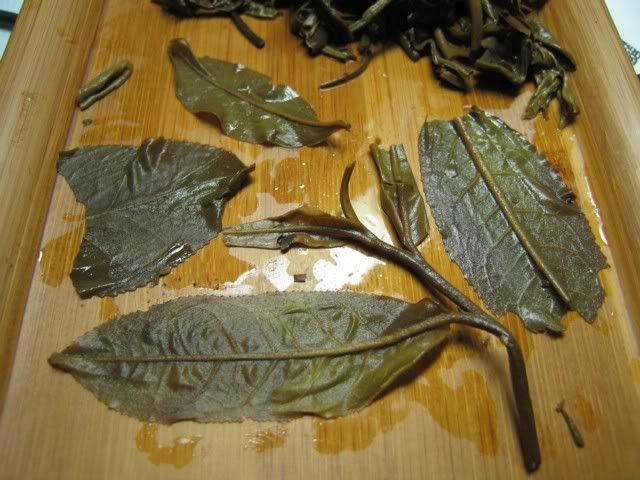
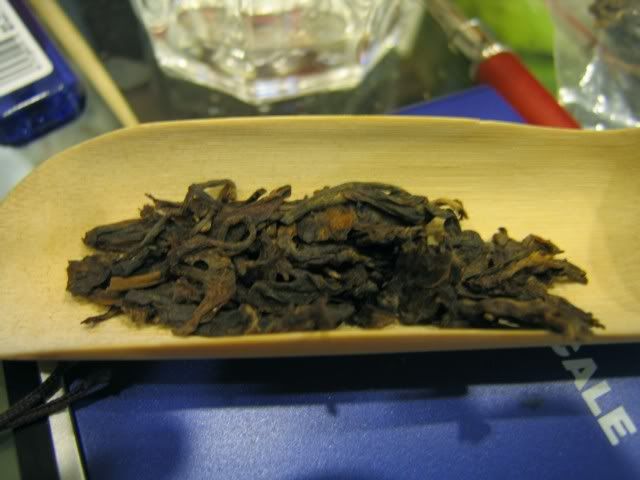
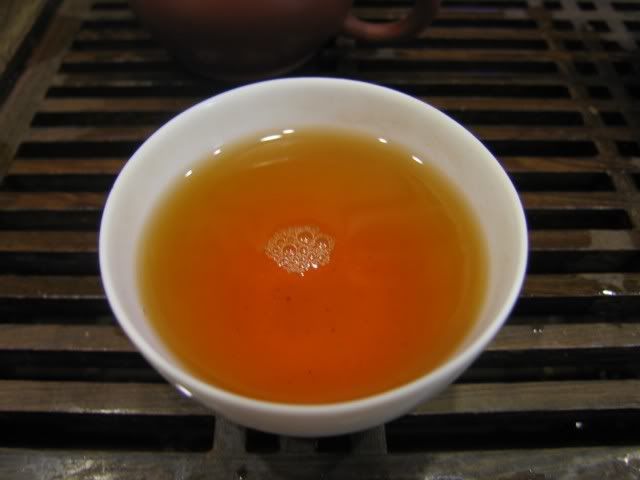
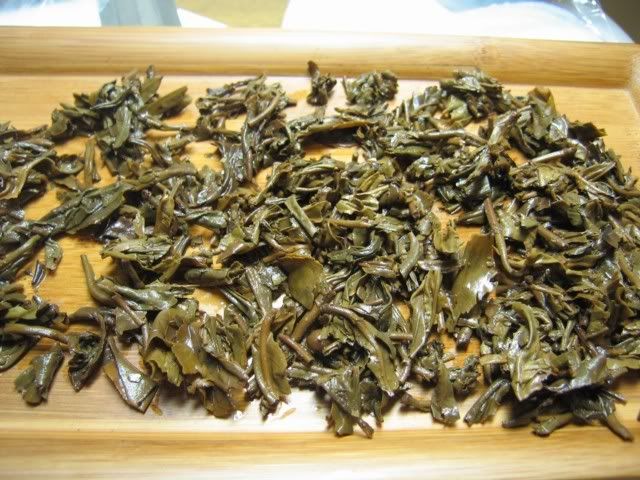
 RSS - Posts
RSS - Posts
Interesting.... would 250C in my oven work?